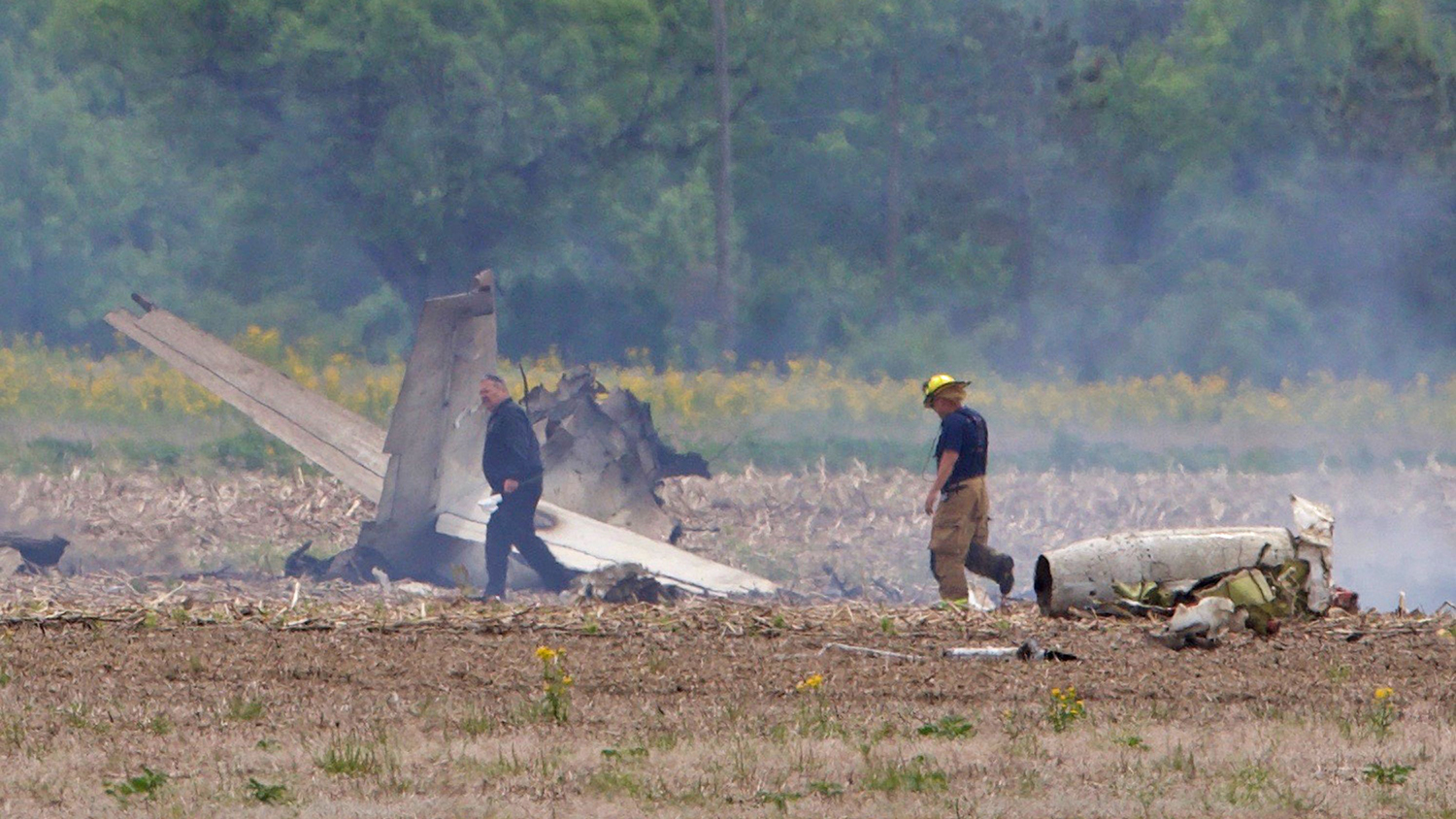Country
Crash of a Cessna S550 Citation S/II in Friemersheim: 3 killed
Date & Time:
Jan 23, 2020 at 1050 LT
Registration:
ZS-CAR
Survivors:
No
Schedule:
George - George
MSN:
S550-0078
YOM:
1985
Crew on board:
3
Crew fatalities:
Pax on board:
0
Pax fatalities:
Other fatalities:
Total fatalities:
3
Captain / Total hours on type:
1315.00
Copilot / Total hours on type:
265
Aircraft flight hours:
10106
Circumstances:
A Cessna S550 Citation S/II of the South African Civil Aviation Authority crashed into the Outeniqua mountains, near the town of Friemersheim. The three occupants were killed and the aircraft was destroyed. The Citation departed Port Elizabeth Airport (FAPE) on a positioning flight to George Airport (FAGG). On approach to FAGG, the flying crew requested to carry out a calibration flight for the very high frequency omnidirectional range (VOR) beacon at FAGG. Due to inclement weather conditions at the time, they were not cleared to conduct VOR calibration. As a result, they decided to land and refuel the aircraft before commencing with the calibration of the Instrument Landing System (ILS) on runway 11 at FAGG. The flying crew requested take-off from runway 11 and an early right turn to intercept radial 250°, 17 nautical miles (nm) DME arc to radial 330° at 3000 feet (ft) climbing to 4,000 feet. The air traffic control (ATC) granted their request. Radar data indicated that at 10:42, the aircraft took off from runway 11 and, once airborne, made a right-hand turn to intercept radial 250° using the George VOR (GRV VOR). The aircraft climbed to 3000ft. Once the aircraft reached 17 nm on the DME from the GRV VOR (DME is co-located with the VOR), it commenced with a right-hand turn to intercept radial 330° while maintaining 17nm DME arc. At 10:46, the ATC at FAGG advised the flying crew that they were now exiting controlled airspace and were advised to broadcast on the special rules frequency. The crew acknowledged the advisory to change frequency and there was no further communication. The aircraft was still being monitored by ATC using secondary surveillance radar. At 10:50, radar data showed the aircraft crossing radial 310° and entered a climb from 3000ft, reaching 3,900 feet. As the aircraft levelled off at 3,900 feet, a rapid descent occurred, and the aircraft lost 1500ft in approximately 9 seconds. Three seconds prior to impact, the aircraft nose pitched up before impacting a ridge at 2,192 feet. The aircraft was destroyed and all three occupants were killed.
Probable cause:
The crew lost control of the aircraft which resulted in significant loss of altitude; as they attempted to recover, they collided with the mountain. According to the SAWS report, there was significant cloud coverage below 1,500 feet above ground level at the time of the accident as observed in the METARs. Mountain tops were obscured as seen on the webcam. The aircraft route which is 17 NM arc passes over the obscured mountains. From the limited FDR reading the aircraft attitude drastically changed into an unusual attitude when approaching the mountain area. This indicates that most probably, the pilot has entered an unusual attitude during transition from VFR to IFR flight without preparation. The accident flight plan was VFR.
The following contributing factor were identified:
- The presence of low clouds at about 1,500 feet above ground and obscured mountains with clouds,
- The incapability of the crew to recover from unusual attitude,
- Lack of supervision and disregard of the Civil Aviation Regulations requirements by the FIU (operator),
- Overbanked and steep dive maneuver, unable to gain the required altitude before impact,
- Lack of upset prevention and recovery technique (UPRT).
The following contributing factor were identified:
- The presence of low clouds at about 1,500 feet above ground and obscured mountains with clouds,
- The incapability of the crew to recover from unusual attitude,
- Lack of supervision and disregard of the Civil Aviation Regulations requirements by the FIU (operator),
- Overbanked and steep dive maneuver, unable to gain the required altitude before impact,
- Lack of upset prevention and recovery technique (UPRT).
Final Report:
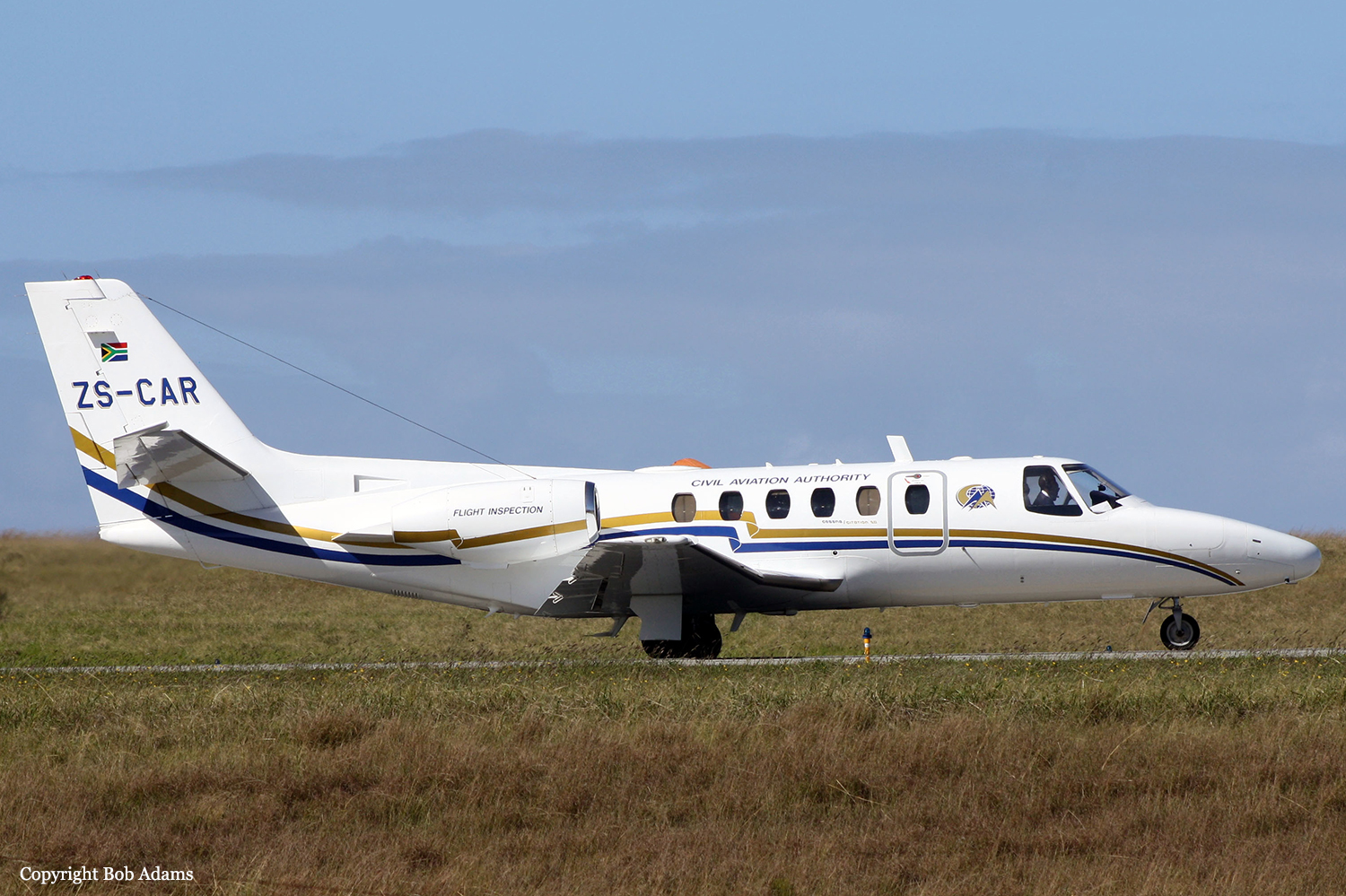
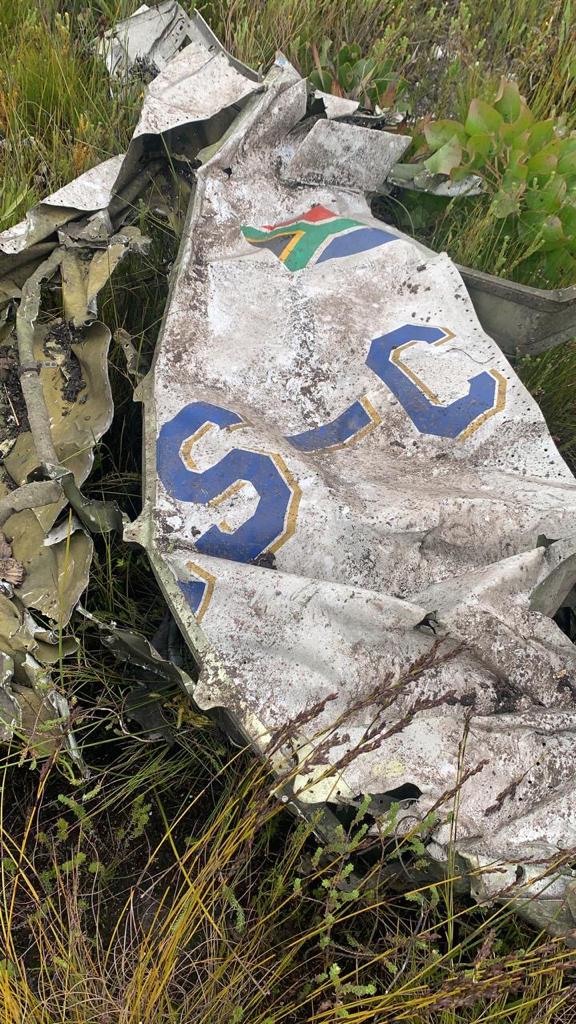
Crash of a Cessna 550 Citation II in Maraú: 5 killed
Date & Time:
Nov 14, 2019 at 1417 LT
Registration:
PT-LTJ
Survivors:
Yes
Schedule:
Jundiaí – Maraú
MSN:
550-0225
YOM:
1981
Crew on board:
2
Crew fatalities:
Pax on board:
8
Pax fatalities:
Other fatalities:
Total fatalities:
5
Captain / Total hours on type:
2500.00
Copilot / Total hours on type:
25
Aircraft flight hours:
6978
Aircraft flight cycles:
6769
Circumstances:
The aircraft took off from the Comandante Rolim Adolfo Amaro Aerodrome (SBJD), Jundiaí - SP, to the Barra Grande Aerodrome (SIRI), Maraú - BA, at about 1458 (UTC), in order to carry out a private flight, with two pilots and eight passengers on board. Upon arriving at the destination Aerodrome, at 1717 (UTC), the aircraft made an undershoot landing on runway 11, causing the main and auxiliary landing gear to burst. The airplane moved along the runway, dragging the lower fuselage and the lower wing, leaving the runway by its left side, and stopping with the heading lagged, approximately, 210º in relation to the landing trajectory. Afterwards, there was a fire that consumed most of the aircraft. The aircraft was destroyed. One crewmember and four passengers suffered fatal injuries and the other crewmember and four passengers suffered serious injuries.
Probable cause:
Contributing factors.
- Control skills – a contributor
The inadequate performance of the controls led the aircraft to make a ramp that was lower than the ideal. This condition had the consequence of touching the ground before the runway’s threshold.
- Attention – undetermined
During the approach for landing, the commander divided his attention between the supervision of the copilot's activities and the performance of the aircraft's controls. Such circumstances may have impaired the flight management and limited the reaction time to correct the approach ramp.
- Attitude – undetermined
The report that the commander took two photographs of the runway and of the Aerodrome with his cell phone, during the wind leg, reflected an inadequate and complacent posture in relation to his primary tasks at that stage of the flight, which may have contributed to this occurrence.
- Communication – undetermined
As reported by the commander, the low tone and intensity of voice used by the copilot during the conduct of callouts, associated with the lack of use of the head phones, limited his ability to receive information, which may have affected his performance in management of the flight.
- Crew Resource Management – a contributor
The lack of proper use of CRM techniques, through the management of tasks on board, compromised the use of human resources available for the operation of the aircraft, to the point of preventing the adoption of an attitude (go-around procedure) that would avoid the accident, from the moment when the recommended parameters for a stabilized VFR approach are no longer present.
- Illusions – undetermined
It is possible that the width of the runway, narrower than the normal for the pilots involved in the accident, caused the illusion that the aircraft was higher than expected, for that distance from the thrashold 11 of SIRI, to the point of influence the judgment of the approach ramp. In addition, the fact that the pilot was surprised by the geography of the terrain (existence of dunes) and the coloring of the runway (asphalt and concrete), may have led to a false visual interpretation, which reflected in the evaluation of the parameters related to the approach ramp.
- Piloting judgment – a contributor
The commander's inadequate assessment of the aircraft's position in relation to the final approach ramp and landing runway contributed to the aircraft touching the ground before the thrashold.
- Perception – undetermined
It is possible that a decrease in the crew's situational awareness level resulted in a delayed perception that the approach to landing was destabilized and made it impossible to correct the flight parameters in a timely manner to avoid touching the ground before the runway.
- Flight planning – undetermined
It is possible that, during the preparation work for the flight, the pilots did not take into account the impossibility of using the perception and alarm system of proximity to the ground that equipped the aircraft, and the inexistence of a visual indicator system of approach ramp at the Aerodrome.
- Other / Physical sensory limitations – undetermined
The impairment of the hearing ability of the aircraft commander, coupled with the lack of the use of head phones, may have interfered with the internal communication of the flight cabin, in the critical phase of the flight.
- Control skills – a contributor
The inadequate performance of the controls led the aircraft to make a ramp that was lower than the ideal. This condition had the consequence of touching the ground before the runway’s threshold.
- Attention – undetermined
During the approach for landing, the commander divided his attention between the supervision of the copilot's activities and the performance of the aircraft's controls. Such circumstances may have impaired the flight management and limited the reaction time to correct the approach ramp.
- Attitude – undetermined
The report that the commander took two photographs of the runway and of the Aerodrome with his cell phone, during the wind leg, reflected an inadequate and complacent posture in relation to his primary tasks at that stage of the flight, which may have contributed to this occurrence.
- Communication – undetermined
As reported by the commander, the low tone and intensity of voice used by the copilot during the conduct of callouts, associated with the lack of use of the head phones, limited his ability to receive information, which may have affected his performance in management of the flight.
- Crew Resource Management – a contributor
The lack of proper use of CRM techniques, through the management of tasks on board, compromised the use of human resources available for the operation of the aircraft, to the point of preventing the adoption of an attitude (go-around procedure) that would avoid the accident, from the moment when the recommended parameters for a stabilized VFR approach are no longer present.
- Illusions – undetermined
It is possible that the width of the runway, narrower than the normal for the pilots involved in the accident, caused the illusion that the aircraft was higher than expected, for that distance from the thrashold 11 of SIRI, to the point of influence the judgment of the approach ramp. In addition, the fact that the pilot was surprised by the geography of the terrain (existence of dunes) and the coloring of the runway (asphalt and concrete), may have led to a false visual interpretation, which reflected in the evaluation of the parameters related to the approach ramp.
- Piloting judgment – a contributor
The commander's inadequate assessment of the aircraft's position in relation to the final approach ramp and landing runway contributed to the aircraft touching the ground before the thrashold.
- Perception – undetermined
It is possible that a decrease in the crew's situational awareness level resulted in a delayed perception that the approach to landing was destabilized and made it impossible to correct the flight parameters in a timely manner to avoid touching the ground before the runway.
- Flight planning – undetermined
It is possible that, during the preparation work for the flight, the pilots did not take into account the impossibility of using the perception and alarm system of proximity to the ground that equipped the aircraft, and the inexistence of a visual indicator system of approach ramp at the Aerodrome.
- Other / Physical sensory limitations – undetermined
The impairment of the hearing ability of the aircraft commander, coupled with the lack of the use of head phones, may have interfered with the internal communication of the flight cabin, in the critical phase of the flight.
Final Report:
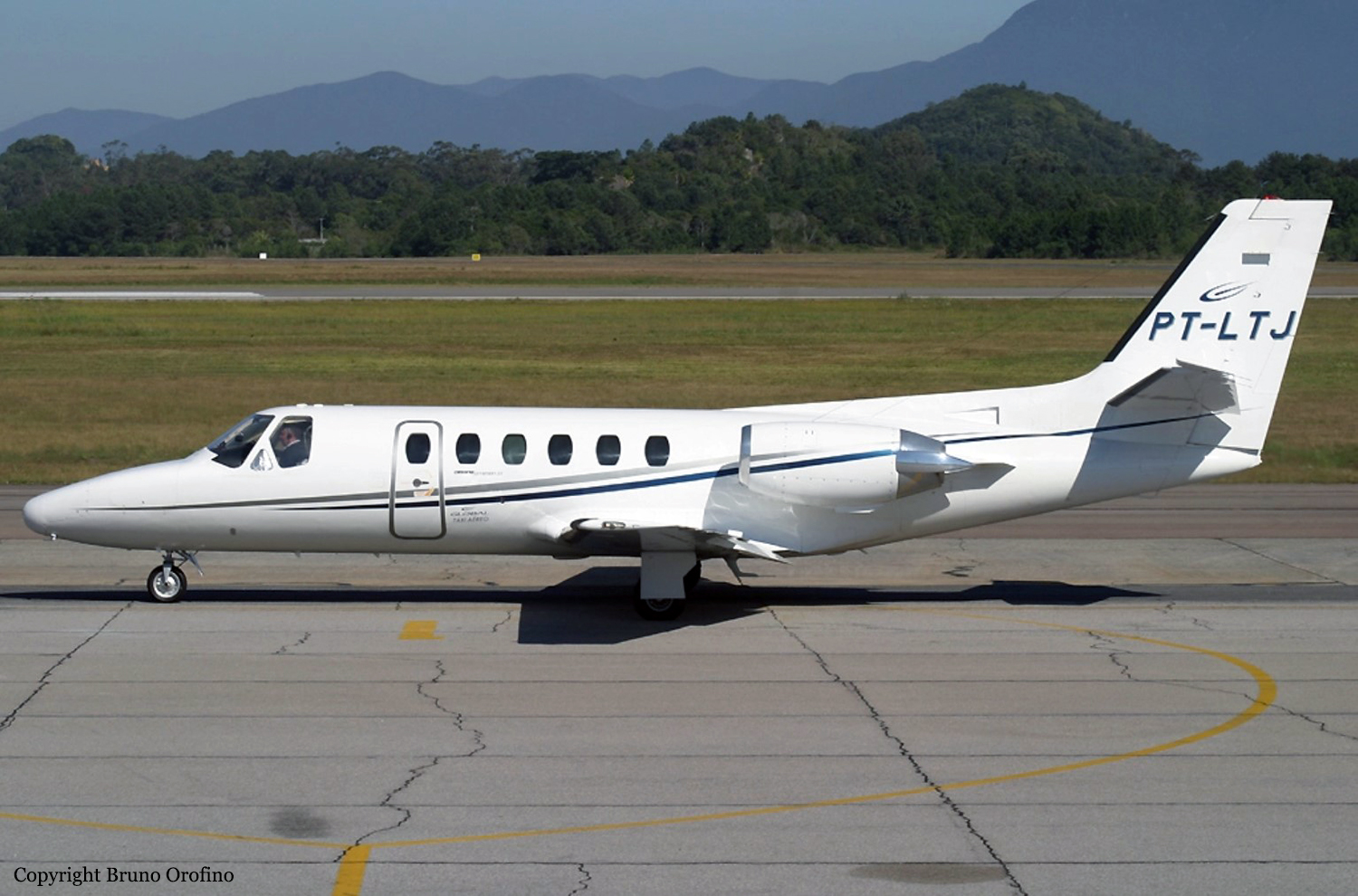
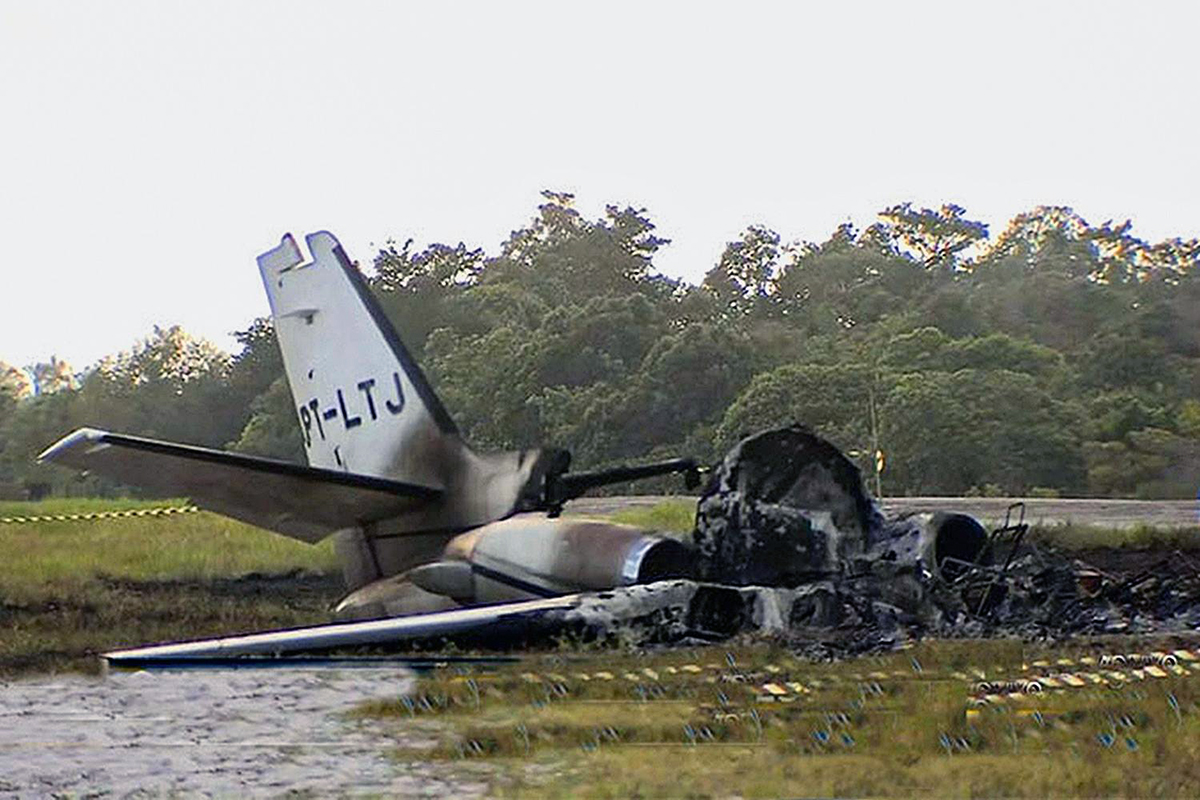


Crash of a Cessna 550 Citation II in Mesquite
Date & Time:
Jul 17, 2019 at 1844 LT
Registration:
N320JT
Survivors:
Yes
Schedule:
Pasco - Las Vegas
MSN:
550-0271
YOM:
1981
Crew on board:
1
Crew fatalities:
Pax on board:
0
Pax fatalities:
Other fatalities:
Total fatalities:
0
Captain / Total hours on type:
2000.00
Aircraft flight hours:
9000
Circumstances:
While approaching class B airspace, the airline transport pilot was in communication with a controller who later stated that the pilot's speech was slurred, and the controller repeatedly asked if the oxygen system on the airplane was working properly. As the airplane approached a nearby airport, about 85 miles from his destination airport, the pilot stated he had the airport in sight and repeatedly requested a visual approach. The controller instructed the pilot to continue his flight to his destination, in a southwest direction. As the controller attempted to maintain communications, the pilot dropped off radar shortly after passing the nearby airport and subsequently landed at the nearby airport, which was not his destination airport. According to a surveillance video and impact marks on the runway, the airplane landed hard about halfway down the runway and slid to a stop on the left side of the runway. The airplane fuselage and wings were mostly consumed by postimpact fire. After authorities arrived onsite, the pilot was arrested for operating an aircraft under the influence of alcohol. The pilot was found to have a blood alcohol level of .288, which likely contributed to the pilot landing at the incorrect airport and his subsequent loss of airplane control during landing.
Probable cause:
The pilot's operation of the airplane while intoxicated, which resulted in a loss of airplane control on landing.
Final Report:
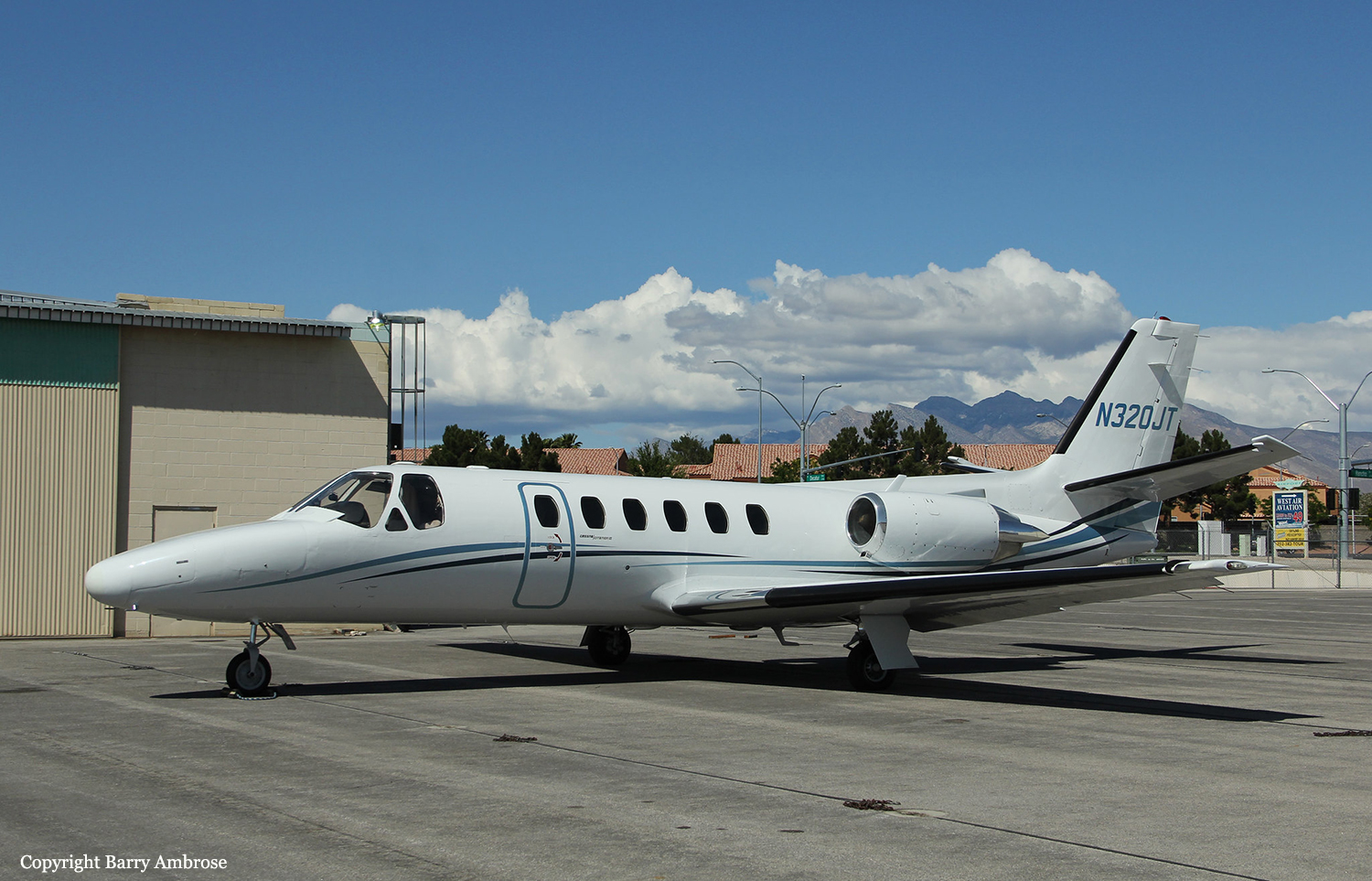
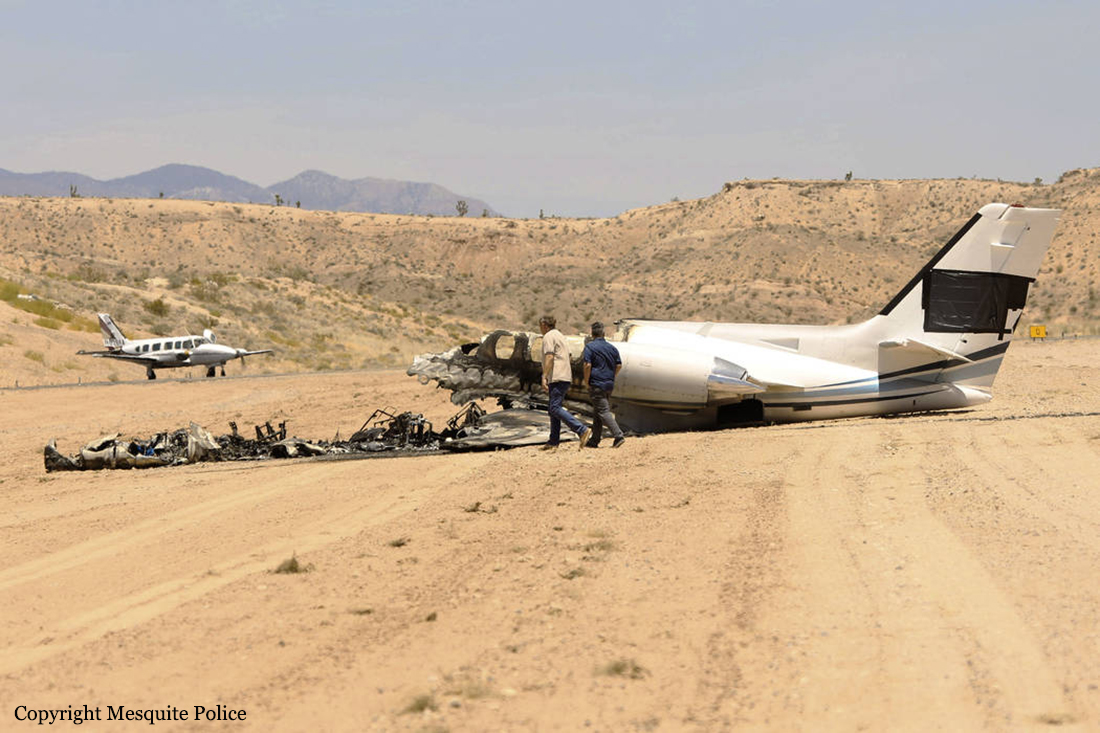
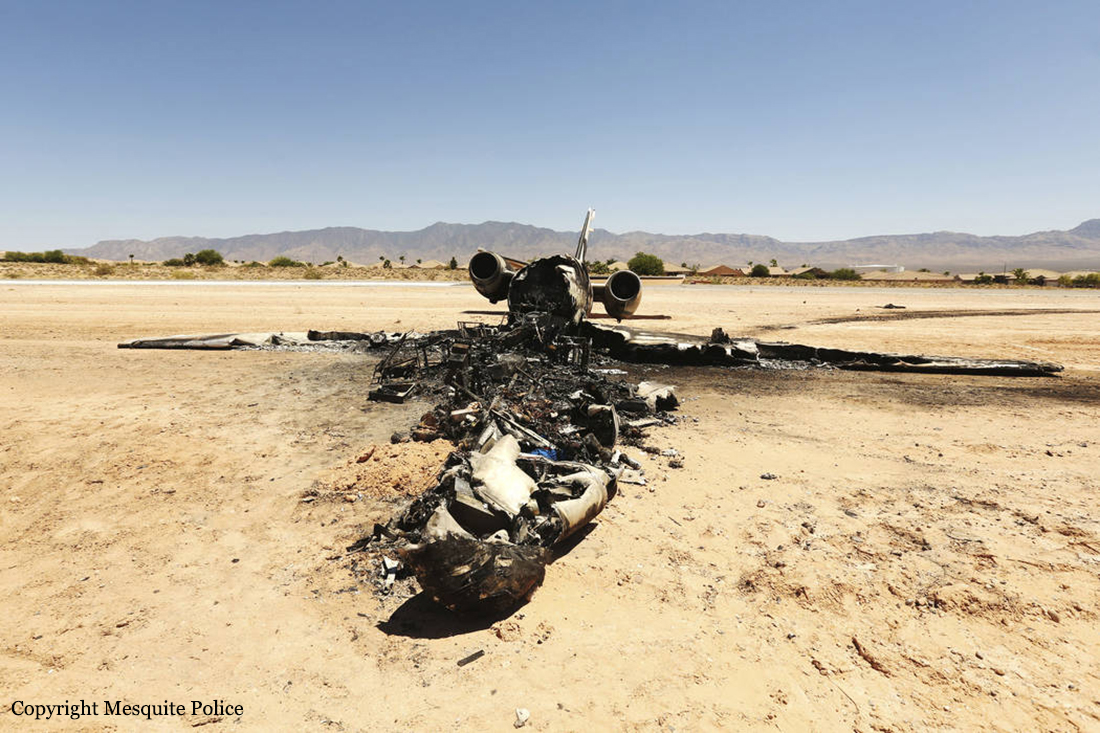
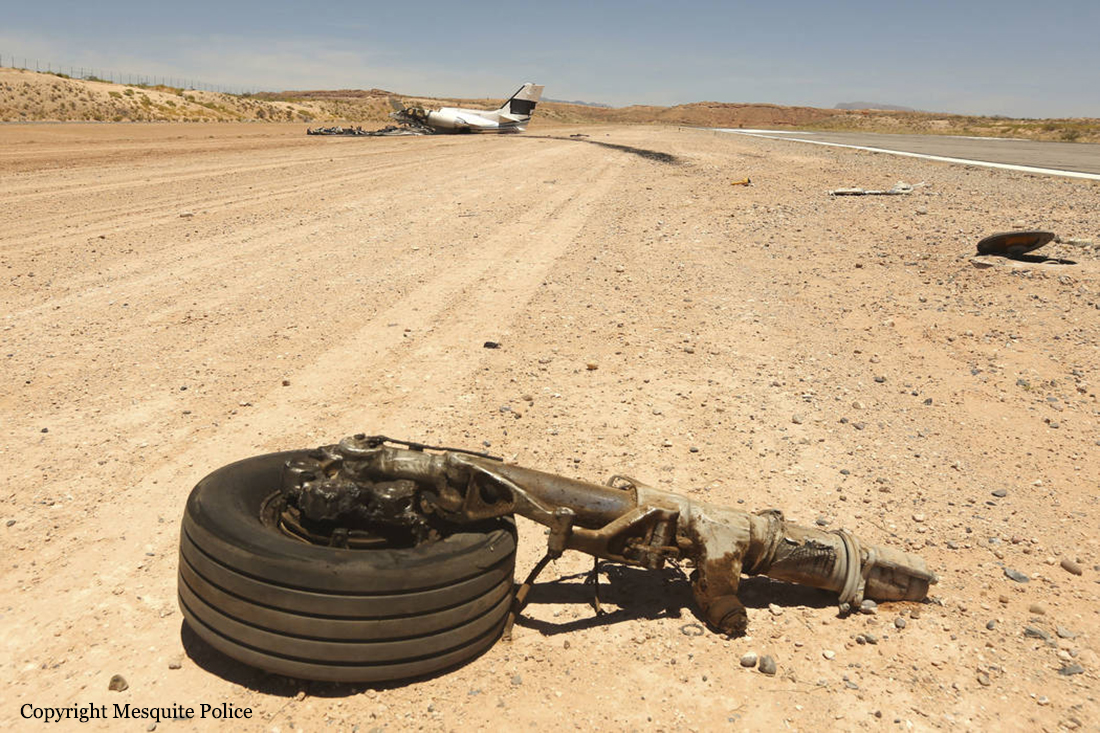
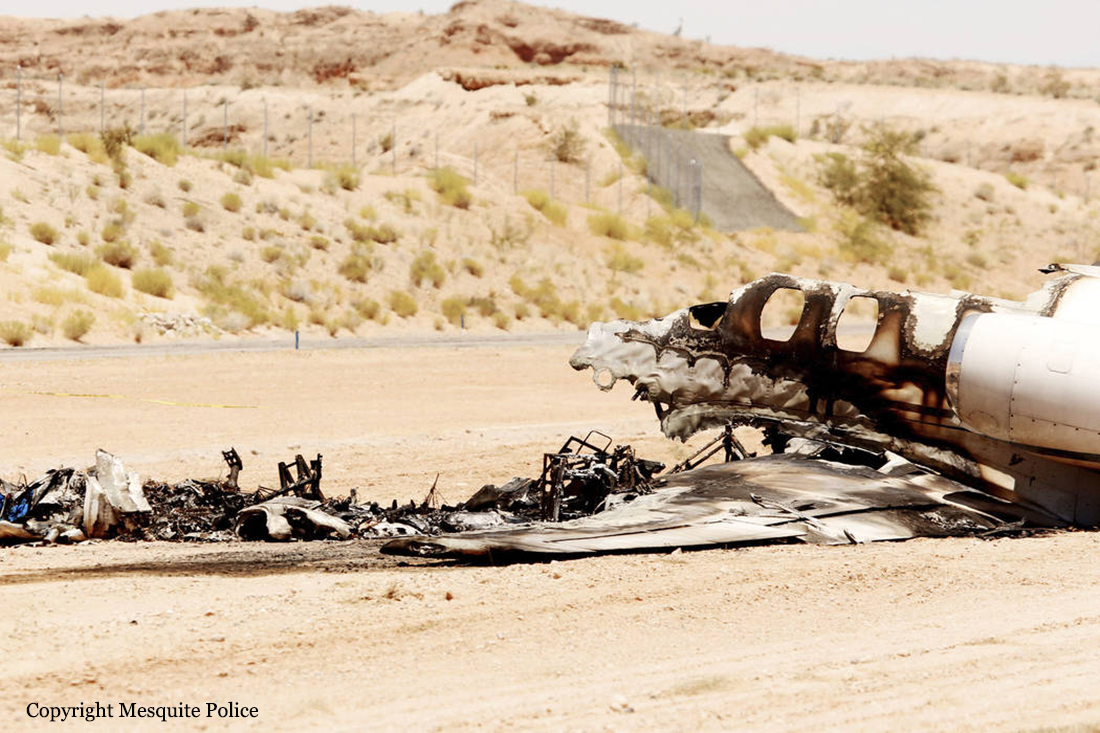
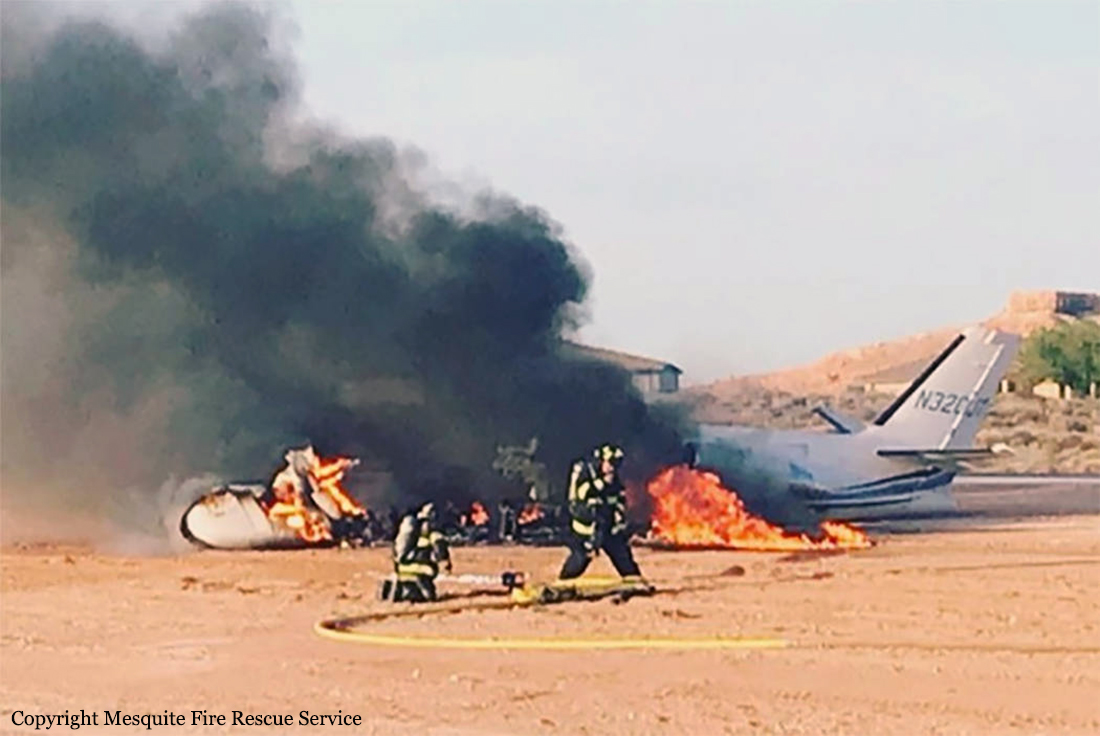
Crash of a Cessna S550 Citation II in Indianapolis: 2 killed
Date & Time:
May 22, 2019 at 1243 LT
Registration:
N311G
Survivors:
No
Schedule:
Indianapolis - Minden
MSN:
550-0041
YOM:
1985
Crew on board:
1
Crew fatalities:
Pax on board:
1
Pax fatalities:
Other fatalities:
Total fatalities:
2
Circumstances:
The pilot was conducting a personal cross-country flight in a turbofan-powered airplane. Shortly after departure, the airplane entered a witness-estimated 90° left bank with the nose parallel to the horizon; as the airplane began to roll out of the turn, the nose remained at or below the horizon before it dropped and the airplane impacted the ground. Flight track data revealed that, shortly after departure, the airplane's ground speed immediately began decreasing from its maximum of 141 knots during takeoff and continued decreasing until the last recorded data point, which showed that the airplane had a ground speed of 100 knots. The surface wind reported about 10 minutes before the accident was from 170° at 9 knots, gusting to 14 knots, which resulted in a 1- to 2-knot tailwind component. Given this information and the airplane's configuration at the time of the accident, the airplane's indicated airspeed (IAS) would have been between about 86 and 93 knots. The airplane's stall speed was calculated to be 100 knots IAS (KIAS) with a bank angle of 45° and 118 KIAS with a bank angle of 60°. Thus, the pilot failed to maintain airspeed or accelerate after departure, which resulted in an aerodynamic stall A pilot who had flown with the accident pilot twice before the accident reported that, during these flights, the pilot had flown at reduced power settings and slower-than-normal airspeeds. During the flight 1 year before the accident, he reached over and pushed the power levers forward himself. He also stated that every time he had flown with the pilot, he was "very behind the airplane." Postaccident examination of the engines revealed no signs of preimpact mechanical failures or malfunctions that would have precluded normal operation, and both engines exhibited circumferential rub marks on all rotating stages, blade tip bending opposite the direction of rotation, and debris ingestion through the gas path, indicating that the engine had power at impact. Further, the right engine full authority digital electronic control (FADEC) nonvolatile memory recorded no faults. (The left engine FADEC could not be downloaded due to damage.) The Airplane Flight Manual stated that the pilot must, in part, advance the throttle lever to the maximum takeoff detent for the FADEC's nonvolatile memory to record a logic trend snapshot 2 seconds after takeoff. The lack of a FADEC logic trend snapshot is consistent with the pilot not fully advancing the throttles during the takeoff and initial climb and is likely why he did not attain or maintain sufficient airspeed. The flight track data, pilot witness account, and airplane damage are consistent with the pilot failing to fully advance the power levers while maneuvering shortly after takeoff, which led to his failure to maintain sufficient airspeed and resulted in the exceedance of the airplane's critical angle of attack and a subsequent aerodynamic stall.
Probable cause:
The pilot's failure to fully advance the power levers during the takeoff and initial climb, which led to his failure to maintain sufficient airspeed and resulted in the exceedance of the airplane's critical angle of attack and a subsequent aerodynamic stall.
Final Report:
